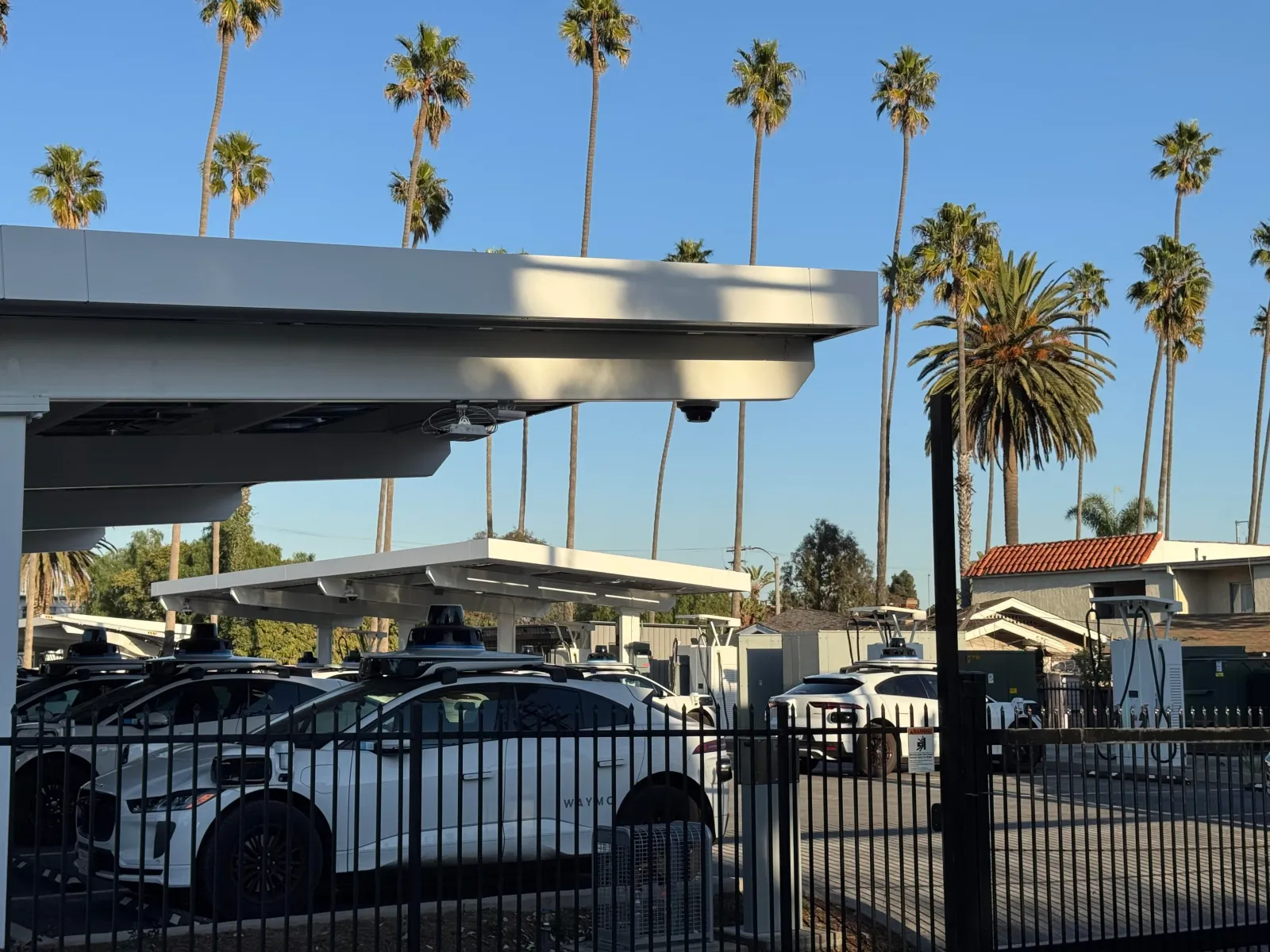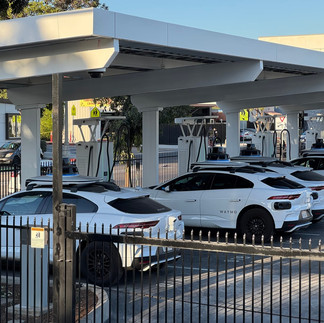Waymo’s Massive Expansion: More Cars, New Depots, and a Bigger Vision for Autonomous Mobility
- Xavier Tackoen
- Apr 7
- 3 min read

Waymo isn’t just quietly growing—it's scaling at full speed. With a growing fleet of self-driving vehicles, new depot openings, and partnerships that are reshaping how autonomous transport integrates into city life, the company is preparing for its biggest chapter yet.
Recent footage, factory reveals, and insider insights have given us a closer look at the sheer scale of what Waymo is building—and the logistics challenges it now faces.
Thousands of Vehicles and a Surprising Assembly Partner
A few months back, Waymo-focused creator JJRicks uploaded a video featuring a ground-level view of a mysterious factory. The site was later identified as a Magna assembly facility where Waymo's fifth-generation driverless vehicles—built on Jaguar’s I-Pace platform—are being produced.
Since Jaguar ended I-Pace production in December 2024, questions have emerged about whether Waymo had stockpiled enough of the vehicles to support its next phase. That answer remains unclear, but what is evident is the scale of the fleet in progress.
Drone footage recently obtained by an anonymous source offers a wider perspective: thousands of vehicles parked outside the Magna plant, with many more still being assembled inside. According to our source, trucks have been regularly delivering cars to the site for months—suggesting Waymo is preparing for rapid deployment across multiple cities.
Where Will All These Vehicles Go?
Managing such an expansive fleet requires more than vehicles—it demands infrastructure. Charging, maintenance, cleaning, and software updates all need to be handled at scale.
This presents a new challenge: where do you base a large volume of autonomous cars in densely populated cities like Los Angeles?
Unlike Phoenix—where space is easier to secure—LA presents tight real estate constraints. Waymo appears to be adapting by opening smaller, distributed depots rather than relying on a few large hubs. A prime example is the newly launched Inglewood depot, opened in collaboration with Terawatt, strategically positioned between LAX and SoFi Stadium.
Shortly after this depot opened, Waymo expanded service into the Inglewood area. However, access to key pickup and drop-off locations near venues remains limited, and service to LAX hasn’t yet launched—though conversations with airport officials are underway. Adam Lane, Waymo’s LA City Policy Manager, recently shared optimism about replicating the company’s success at Phoenix Sky Harbor International Airport, where Waymo has already completed over 200,000 trips.
Autonomy Central. "Inside Waymo's Expansion: Thousands of Cars, New Depots, and What's Next." Autonomy Central, 5 Mar. 2025.
Neighborhood Tensions and Quiet Expansions
Waymo also appears to have opened another smaller depot near Santa Monica, though not without friction. Residents in the surrounding neighborhood have reported noise from late-night activity as vehicles cycle through the location. While some of these concerns may reflect discomfort with unfamiliar technology, they underscore the importance of thoughtful depot placement and community engagement as the company expands.
With real estate constraints unlikely to ease in major cities, alternative strategies may be needed—some are even speculating about the potential for underground depot spaces in the future.
The Next Generation of Waymo Vehicles
As Waymo scales up operations, it’s also preparing for the future of its fleet. Beyond the Jaguar I-Pace, the company is rolling out its sixth-generation vehicles, including a highly anticipated model developed with Zeekr. This new design does away with the steering wheel entirely, reflecting a bold vision for fully driverless mobility.
Waymo has also announced a partnership with Hyundai to bring its technology to the electric Ioniq 5, further diversifying its lineup of autonomous vehicles.
With service already live in Austin (via the Uber platform) and new cities like Atlanta and Miami in the pipeline, Waymo is positioning itself to be a national—if not global—leader in AV deployment. But with that comes the big question: how will Waymo scale both its operations and infrastructure at the same pace?
What's Next for Waymo?
From thousands of vehicles on standby to rapidly expanding service zones, Waymo’s momentum is undeniable. The company’s dual-platform approach—offering rides via its own app and through Uber—has served it well in the past. However, the recent decision to phase out the Waymo app in Austin in favour of Uber-only access has sparked backlash from loyal users.
Maintaining flexibility between platforms may be key to user satisfaction, especially as Waymo expands to more cities. And speaking of future locations, industry watchers and urbanists alike are eyeing the biggest prize: New York City. Dense, dynamic, and transit-heavy, it would be the ultimate test—and showcase—for Waymo’s technology.
Until then, expect to see more Waymos on the roads, more depots in development, and more conversations about how autonomous mobility will reshape city life.






Comments